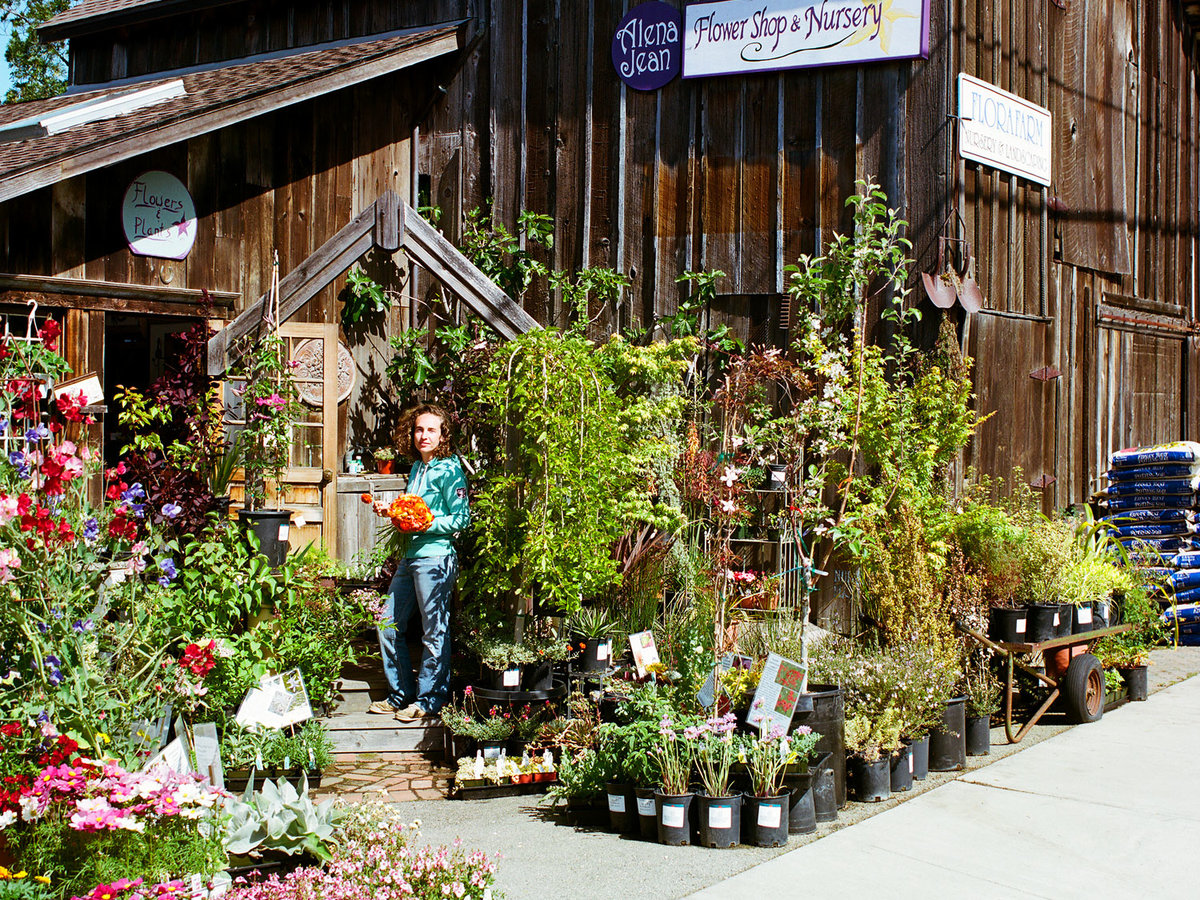
Planting Container-Grown Plants
Simple planting steps and tips for choosing the healthiest plants

David Fenton
Containerized plants are popular and convenient―and in fact, many kinds of shrubs and trees are sold only in containers. Such plants offer certain advantages. They are sold throughout the growing season; they are relatively easy to transport; and, unlike bare-root and balled-and-burlapped plants, they don’t have to be planted immediately. Furthermore, these plants can be purchased with flowers, fruit, or autumn leaf color on display, letting you see exactly what you’re getting.
When selecting container-grown plants, look for healthy foliage and strong shoots. Check the leaves and stems to be sure no insects are present.
Inspecting the root system is more difficult, but healthy roots are vital to successful establishment of container plants. A relatively small plant in a 5-gallon container may not be well rooted, usually because it has recently been moved to the larger container from a 1-gallon pot. (If you buy such a plant, it’s wise to keep it growing in the container until it develops a good root system.)
